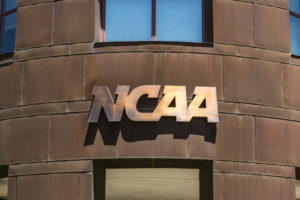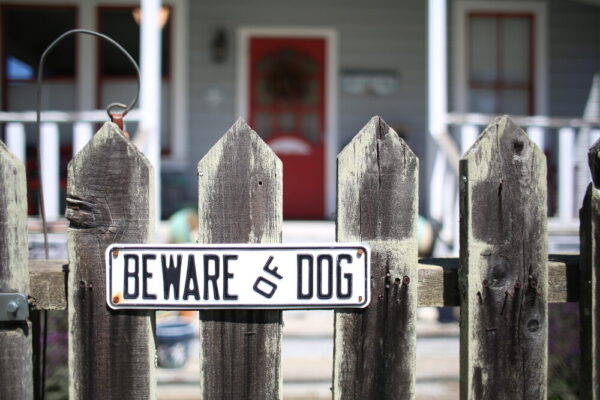I’ve been a George Brett fan since I can remember. I wore a number 5 jersey (and still do when I go to a Royals game). I played 3rd base on my little league team. I even packed a chunk of Big League Chew bubble gum in my cheek.
So, it might be a stretch to feature George Brett in a legal and safety blog. But, then again, maybe not. In fact, it’s not the first time Brett has been featured here.
This week marks the 40th anniversary of George Brett’s first major league game and last week was the 30th anniversary of the infamous “Pine Tar” game between the Kansas City Royals and the New York Yankees. It’s hard to believe now that the Royals were once good enough to be arch rivals with the Yankees, but that was true in the early 1980s.
No doubt you’ve seen the footage of George Brett calming walking from the dugout to politely question the umpire’s judgment in calling him out and negating his home run due to excessive pine tar on the bat.
Steve Wulf at ESPN.com says what should be remembered is “the sage, and not the rage.” Said Wulf, “This is as good a time as any to celebrate the wisdom of Lee MacPhail, the American League president who looked beyond the letter of the law to uphold the protest of the Royals and order a resumption of the game on Aug. 18.”
The League president’s decision to reinstate the home run turned on an interpretation of the spirit rather than the letter of the law. Aristotle termed this doctrine “epieikeia.”
Under “epieikeia,” a judge faced with a difficult case should put himself in the place of the legislator and do what the legislator would have done had he or she known of the present facts. In other words, a judge is obliged to legislate equitably.”
– Jared Tobin Finkelstein, In re Brett: The Sticky Problem of Statutory Construction, 52 Fordham L. Rev. 4, at 436 (1984).
As Finkelstein noted, “[a] rule’s purpose is often the touchtone of statutory construction.” The purpose of the “pine tar rule” was not about competitive advantage – the pine tar did cause the ball to travel further or faster from the bat – but was simply about keeping the baseballs cleaner.
“Guys were slopping that pine tar stuff all over their bats. The balls were getting discolored. The rule was put into effect to keep the bats from discoloring the balls and having them thrown out. ”
– Calvin Griffith, Playing Rules Committee via St. Louis Post-Dispatch
American League president, Lee MacPhail, reinstated the home run citing the purpose and intent of the rule rather than a strict interpretation of the language itself. MacPhail found that the rule needed to be clarified and commended the umpires saying, “Although the umpires are being overruled, it is not the fault of the umpires involved.”
Overturning an umpire’s decision is practically unheard of. Yet, in this case, epieikeia – fairness over form – ruled the day and Kansas City has its “pine tar guy”.
Read More:
- A win for common sense [Steve Wulf at ESPN]
- In re Brett: The Sticky Problem of Statutory Construction [Jared Tobin Finkelstein at Fordham Law Review]
© Copyright 2013 Brett A. Emison
Follow @BrettEmison on Twitter.

Brett Emison is currently a partner at Langdon & Emison, a firm dedicated to helping injured victims across the country from their primary office near Kansas City. Mainly focusing on catastrophic injury and death cases as well as complex mass tort and dangerous drug cases, Mr. Emison often deals with automotive defects, automobile crashes, railroad crossing accidents (train accidents), trucking accidents, dangerous and defective drugs, defective medical devices.










Comments for this article are closed.